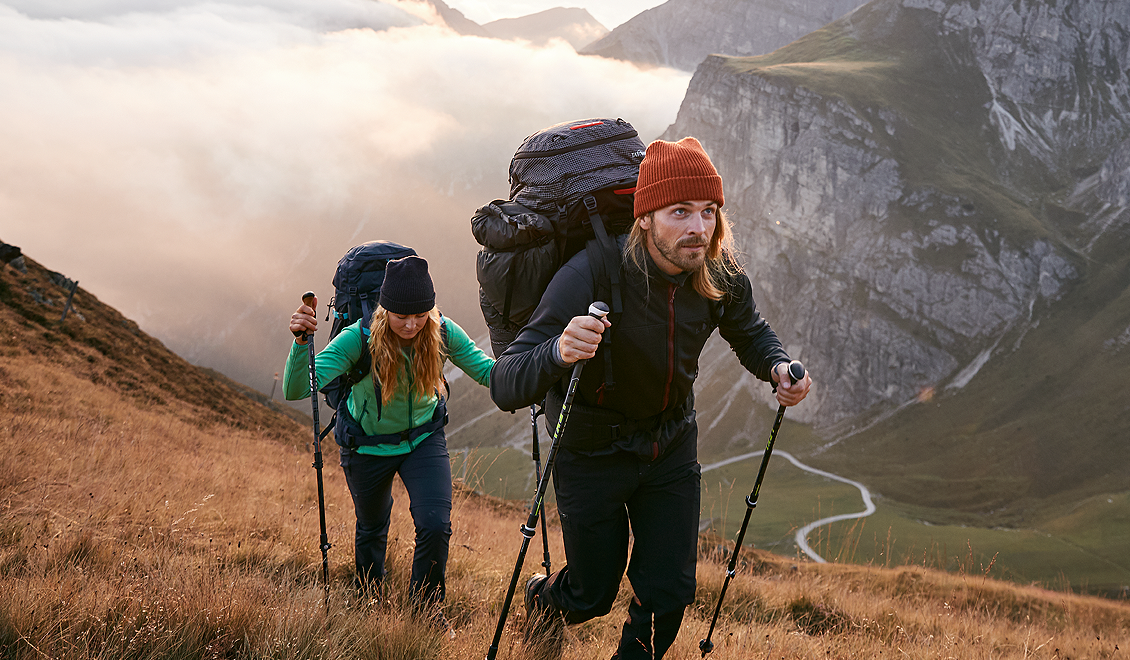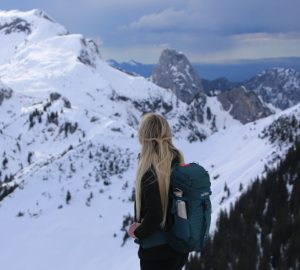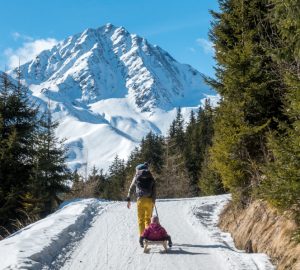You want to hike across the Alps and are wondering where to stay and how to book accommodation? We explain what is important when booking huts and alternative accommodation for your alpine crossing.
Planning an alpine crossing poses a few challenges for hiking enthusiasts. These include not only the physical preparation. Deciding on the right route and procuring the necessary equipment also requires a certain amount of care. Last but not least, you should book suitable huts in good time. This can be quite tricky.
After all, the overnight accommodations must be coordinated with your daily stages. The easiest way would be to plan from day to day. Then you’ll see how far you can get by evening. However, the run on the limited number of sleeping places in mountain huts is considerable in the summer months. Spontaneity is often out of the question. This is because the hut keepers also have to plan and make sure that all comers find a place for the night.
So try to book the huts for overnight stays on your alpine crossing with sufficient advance notice. It is best to plan a few break days in advance to be able to react flexibly to the weather. If you have a tight schedule, you should clarify in advance whether you can skip individual daily stages – cable cars and public transport can help. Then it should work out with the overnight stays at the hut.
By the way: Instead of simply spending the night in a tent at a hut, it’s not such a good idea when crossing the Alps. Because wild camping is prohibited almost everywhere in the Alps. Especially in national parks and protected areas, there are severe penalties.
Find suitable huts to spend the night
Which huts are suitable for an overnight stay on your crossing of the Alps depends on your tour planning. A good hiking guide will list suitable overnight accommodations for each stage of your route. Many hiking guide books list suitable huts for the individual daily stages. In some regions you have several huts to choose from, in more isolated areas sometimes only one hut comes into question. Then the choice is made quickly.
Even if you first search online for the right route for you, suitable overnight accommodations should be indicated. Here, however, it is advisable to check the individual stages again in an established hiking guide. This will save you from unpleasant surprises regarding the length and difficulty of individual stages.
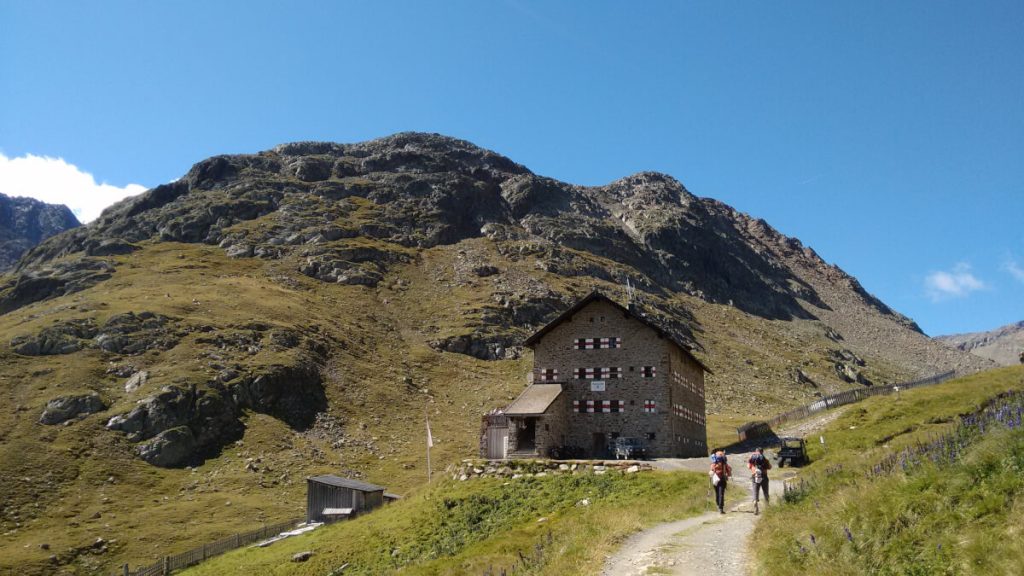
How to book a hut?
Once you have planned the individual daily stages and know which huts are suitable, there are several options for booking huts. Classically, you can call the corresponding huts. Then you will personally find out whether there are still places available at the time you want, and perhaps receive valuable tips for other options if that is not the case.
You can also book sleeping places at huts online. The huts of the Alpine clubs in Germany, Austria, Switzerland and Italy are connected to a central booking system. There you can see at a glance which beds are still available in which type of room. With a few clicks a bed is reserved. In the meantime, you can also book huts that do not belong to the Alpine Club. For all other huts you can use a search engine.
The following platforms will help you to get an overview:
- The hut finder of the Austrian Alpine Club (ÖAV) for Germany, Austria, Italy and Switzerland
- The hut finder of the German Alpine Club (DAV)
- Huts of the Alpine Club South Tyrol, Italy (AVS)
- The hut portal of the Swiss Alpine Club (SAC)
Staying overnight without booking – is it possible?
As already mentioned, the innkeepers at the mountain huts have to plan. So you should always book your overnight stays in advance! Only in this way can the innkeepers estimate how many guests they have to expect per night. Especially on weekends with a big rush it can be tight.
However, you will usually not be turned away. If there is another hut with more sleeping places nearby, you may be directed there. Otherwise, there is usually a place in the mattress dormitory or, in an emergency, in the corridor.
To avoid such a rather uncomfortable night, you should always call the respective hut as early as possible, if something changes on your tour. Can’t make it to the planned hut? Then call them and let them know as soon as possible. Then your sleeping place can be given to someone else. The same applies if you spontaneously need an overnight stay. A short call helps everyone involved.
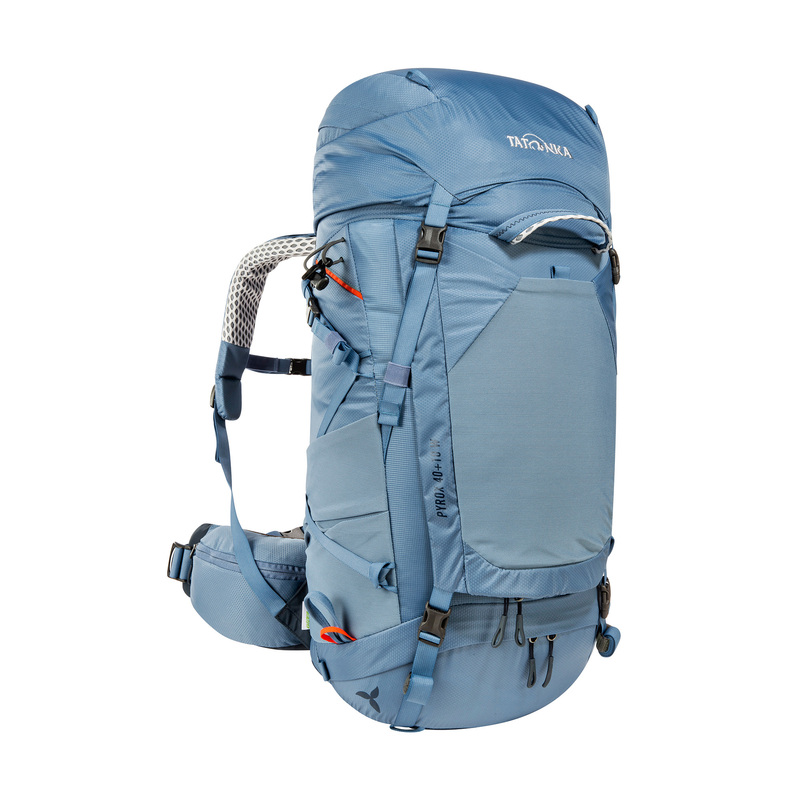
At Tatonka you will find the right backpack for your tour across the Alps. Whether unisex or special women’s model. With adjustable carrying systems that noticeably relieve your back on tour.
Finding a place to sleep despite the crowds – this is how it works
There are a few tips to help you find a place to sleep every night on your crossing of the Alps despite the crowds. If you follow them, it should definitely be easier:
- Make your tour across the Alps as early or late in the season as possible and not during the main holiday season!
- Don’t start on the weekend when everyone else is starting!
- Choose alternative routes!
- Avoid tourist hotspots!
- Plan your daily stages so that they do not end at the mountain huts recommended in all popular hiking guides. Switch to other huts!
- Start early in the morning! Then you will not only avoid possible summer thunderstorms, but you will also be at the destination of your day’s stage before everyone else and can better secure a place to sleep.
Alternative: From valley to valley
Staying overnight in mountain huts is too stressful for you and you want a little more comfort? Alternatively, you can also spend the night in the valley on many routes across the Alps. In many places, you simply take the cable car down to the valley after completing the day’s stage. On the long-distance hiking trail E5 from Oberstdorf to Merano, for example, the infrastructure allows this without any problems.
In the valley there are usually numerous guesthouses and hotels available. If you don’t like to spend the night in a shared room, you might be better off here. With a little more comfort, you can start the next day rested and refreshed for another stage. However, for many, spending the night in a hut is simply part of the experience. In the end, you can only decide for yourself how you want to organize your alpine crossing.
Tip: Here you can find more articles of our series about crossing the Alps on foot:




